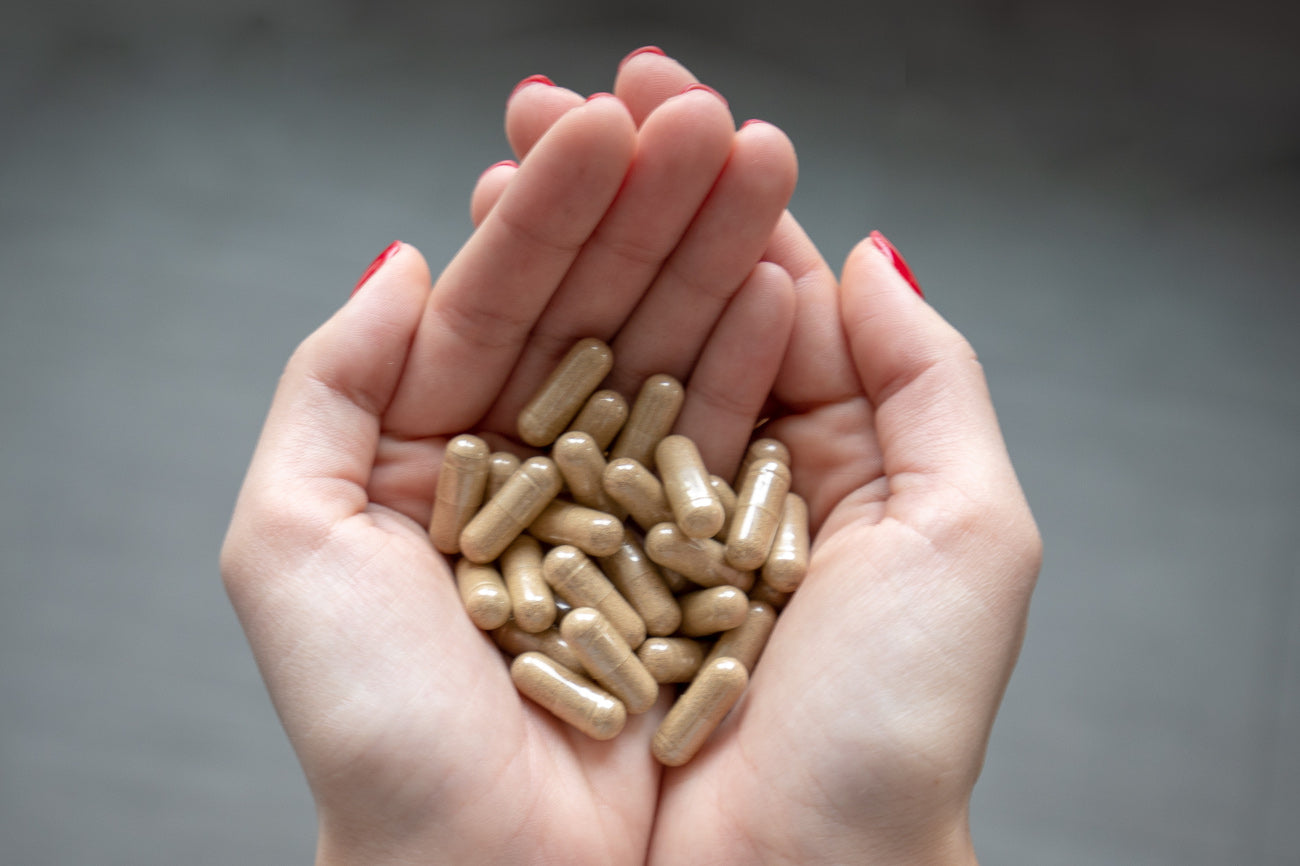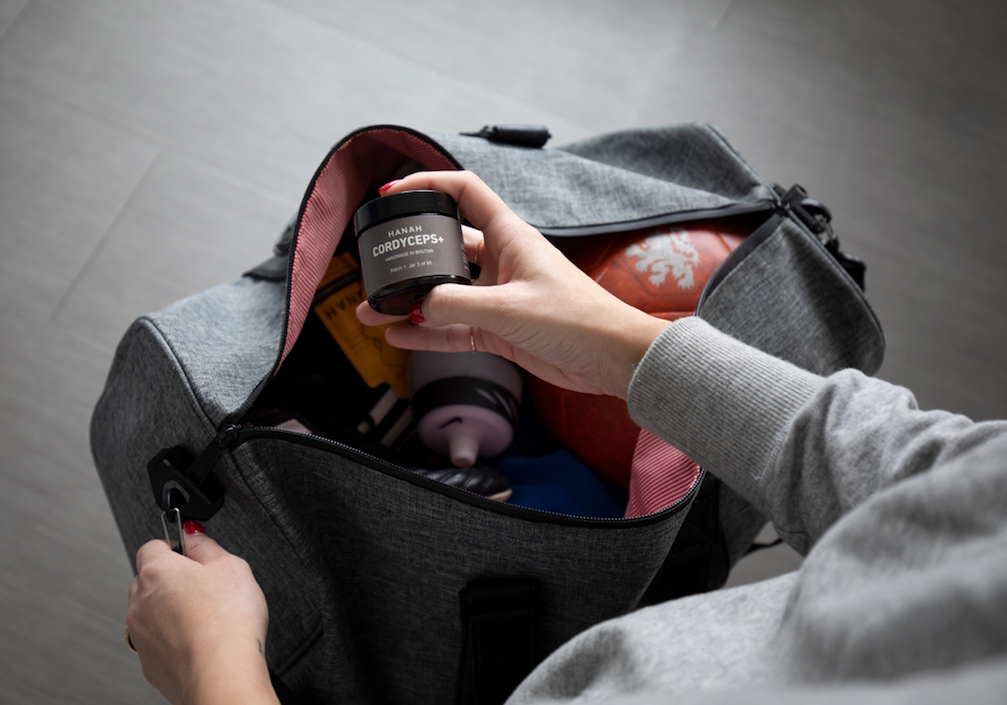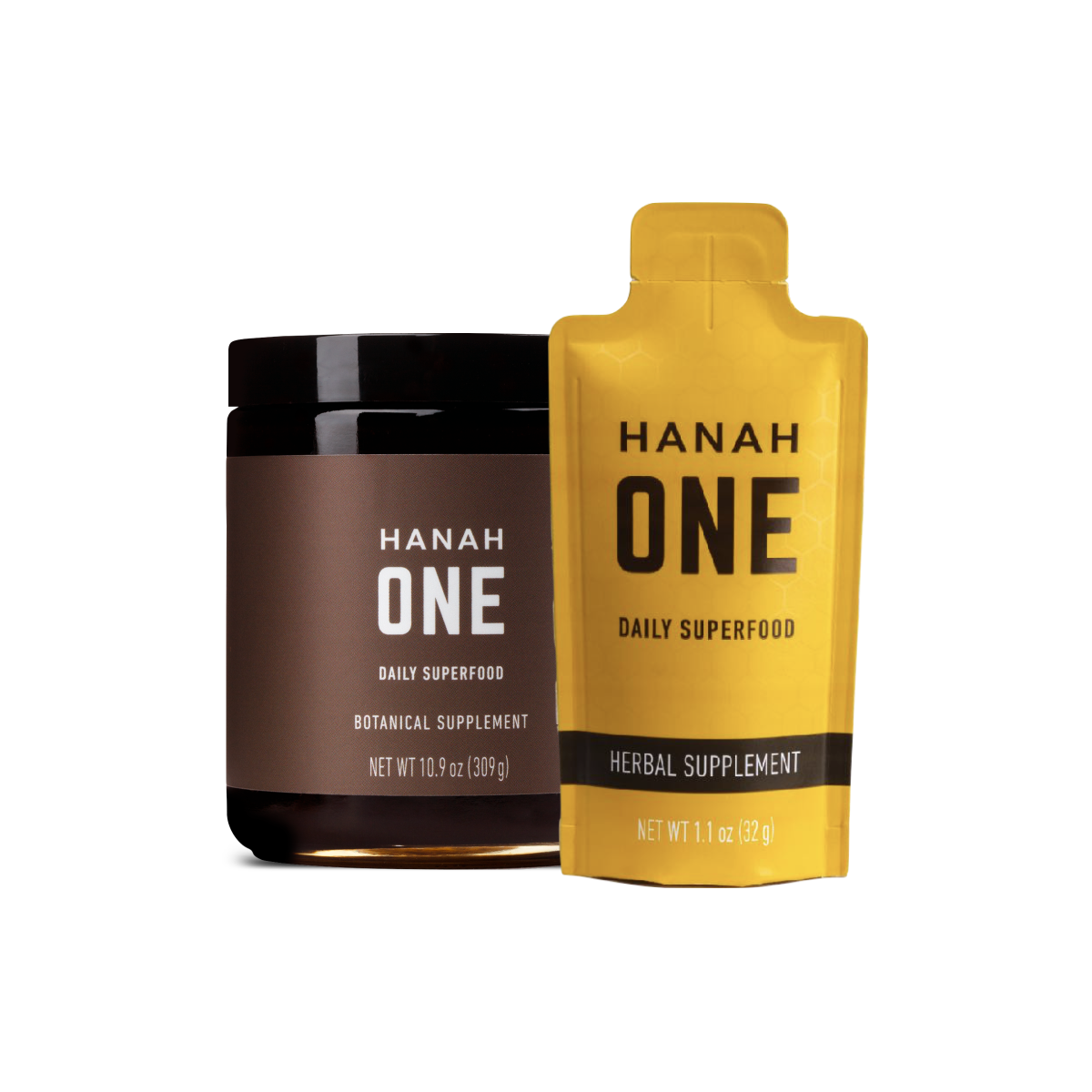Not all ingredients are created equal: HANAH Cordyceps+

An introduction to Cordyceps Sinensis
The story goes, according to the locals, that a group of yak herders discovered Ophiocordyceps sinensis, better known as Cordyceps sinensis, about 1,500 years ago. They stopped to let their animals graze, and the yaks wound up eating the mushrooms and became unusually playful and full of energy. The astonished herders realized it must be due to the odd-looking sprouts of C. sinensis. It has been a part of traditional Asian medicine ever since, used for its immune-boosting properties and providing increased stamina.
Cordyceps sinensis was made world famous back in 1993 at the Chinese national games in Beijing where multiple Chinese runners shattered track and field records. One of their records still stands today. Their coach, Ma Junren, claimed their success was due to a tonic that included Cordyceps sinensis.
A true curiosity, C. sinensis grows at an elevation between 14,000 to 17,000 feet in a way that is unique from other mushrooms, leading to it being nicknamed the zombie mushroom. It is also called Himalayan Viagra, caterpillar fungus or Yarsagumba which translates to “winter worm, summer grass.” Before the rainy season, the spores of the mushroom infect caterpillars of a species called the ghost moth while underground. The fungus grows, essentially feeding on the body of the caterpillars underground, until their death. Then the mushroom's bright tendrils grow out of the caterpillar's head and up through the soil. By the time the mushroom is mature, there is little caterpillar left, other than the mummified remains. Thus completes the transformation from animal to mushroom.
The rise of fake cordyceps
With the attention from the seeming superpowers of the Chinese athletes came the demand, and the price of Cordyceps skyrocketed. The business of harvesting Cordyceps became laced with corruption and counterfeiting.
Scientists attempted unsuccessfully to cultivate C. sinensis in a lab setting, and continue to be unable to grow a fruiting body (or mushroom) from the mycelium. This unfruited mycelium of C. sinensis is often referred to as Cs-4, but is often marketed and sold as Cordyceps. If a Cordyceps supplement is claiming to be Cordyceps sinensis and it is made in China, it is almost certainly Cordyceps Cs-4. This Cs-4 supplement will likely contain more of the the inoculated medium, rice bran for instance, than anything remotely resembling Cordyceps sinensis.
Cordyceps from the USA is a quarter of the price because it is an entirely different species of Cordyceps, which has been grown in a lab setting in a sterile environment. Because they have successfully grown a fruiting body or mushroom from the mycelium, this is a step up from Cs-4. However, this is more like the difference between a hydroponic greenhouse tomato and an organic heirloom field tomato. They may look similar and have a similar composition, but they are two totally different varieties. Also, the taste of a soil-grown, nutrient-dense, sun-warmed tomato will knock your socks off, and is worth the price! The genius of nature, is that it is seemingly impossible to replicate in a lab or artificial setting. In this case, no caterpillar, no true cordyceps!
There is also research to suggest that when any variety of Cordyceps is grown in an artificial environment, the chemical and biological activities of the cultured products, dependant on the fermenting conditions, are often inconsistent. This leads to an unstable product with varied efficacy.
In today’s marketplace, the vast majority of supplements that call themselves C. sinensis are not genuine wild-harvested sinensis. In fact, if you pick up one of the many current products marketed as Cordyceps, you will often see the stock photo of the fruiting body and the caterpillar, but this is deceptive, as these are the Cordyceps that have been grown artificially in a lab and there is no caterpillar!
A quick search on the internet for information about Cordyceps is frequently biased towards the variety of Cordyceps that is available, as most information occurs on sites that are selling artificially cultivated C. militaris or Cs-4, (the non fruiting and mostly rice bran lab grown C. sinensis). Due to its rare and precious nature, true wild Cordyceps rarely make it to North America, until now.

HANAH Cordyceps+
HANAH has partnered with the kingdom of Bhutan, where they have a month-long window to harvest this valuable mushroom, also known as Himalayan gold. The Royal government of Bhutan, who recognizes happiness as their most valuable commodity, is aware of the gold rush that overcame areas of Nepal and are taking careful and wise measures to manage and ensure a sustainable future for both the fungus as well as the local economy. HANAH’s Bhutanese Cordyceps grows at altitudes above 14,000 feet in the pristine and untouched Himalayas.
In partnership with Bhutan, HANAH has brought to market a recipe based on ancient texts that combines this ancient wonder C. sinensis, spawned from nature’s genius as the perfect symbiosis of fungi and fauna, into a tonic with eight other coveted medicinal herbs. This creation HANAH Cordyceps+, which includes ashwagandha and shilajit, will support and improve mental and physical performance, longevity, vitality and immunity. Wild Cordyceps from Bhutan are as close to a perfect tonic herb as there is. It is supremely powerful, yet it is gentle enough that anyone can use it without any trace of a side effect. It is both Yin and Yang in nature and it is an ultimate Qi tonic and adaptogenic herb.
Author Megan Henderson is a mom, yoga teacher, former organic farmer and a writer living in Boulder, Colorado, where she grows nightshades and three children while drinking homemade kombucha under the suburban starlight.
Check out these other similar blog posts:
- Introducing HANAH Cordyceps+, wild-harvested from the Bhutanese Himalayas
- Purity, Quality, Results: HANAH's mission to preserve ancient traditions in Bhutan
- Need an athletic edge? Get a natural endurance and power boost with HANAH Cordyceps+
Disclaimer
*Individual results may vary. This statement has not been evaluated by the Food and Drug Administration. This product is not intended to diagnose, treat, cure, or prevent any disease.








Leave a comment
This site is protected by hCaptcha and the hCaptcha Privacy Policy and Terms of Service apply.